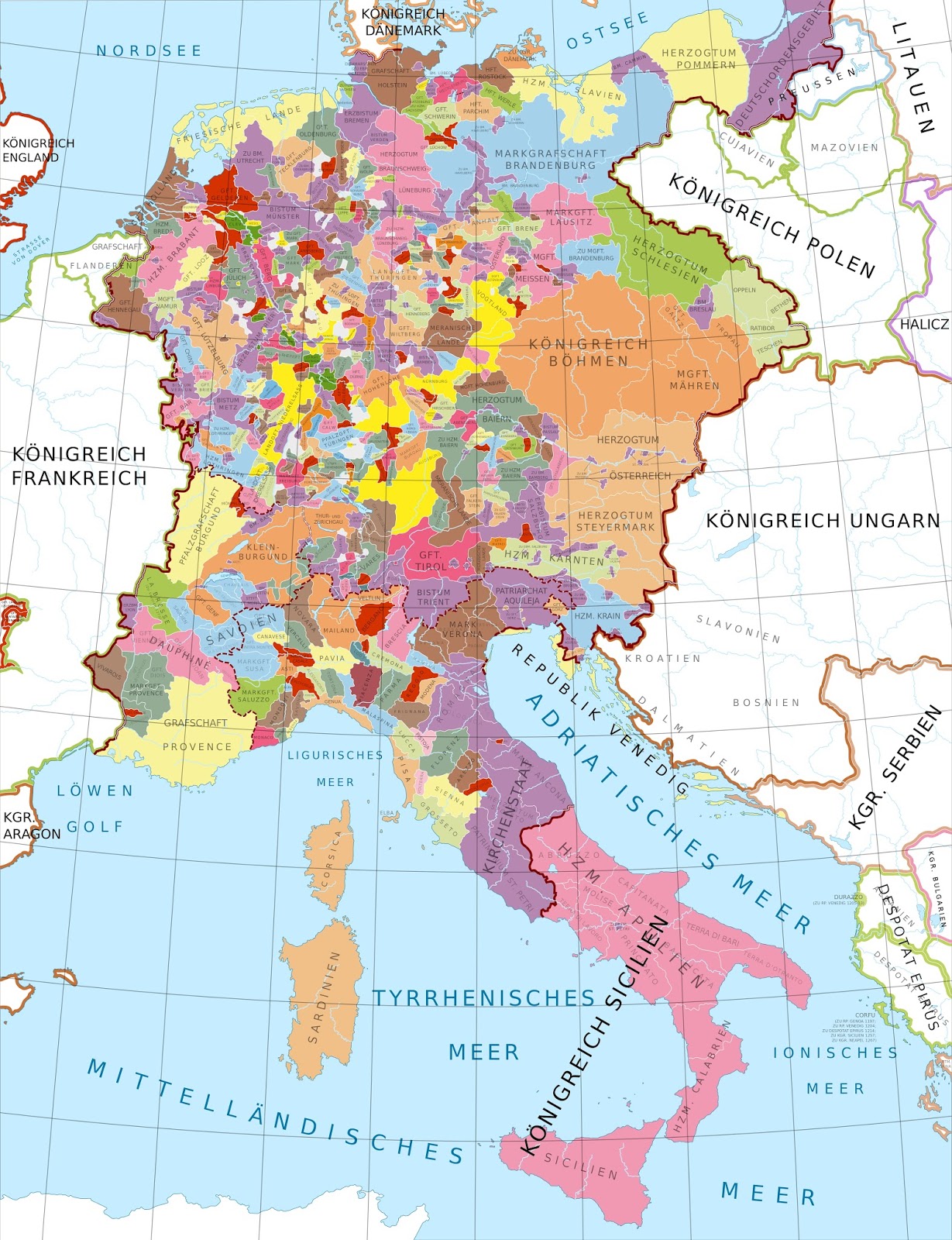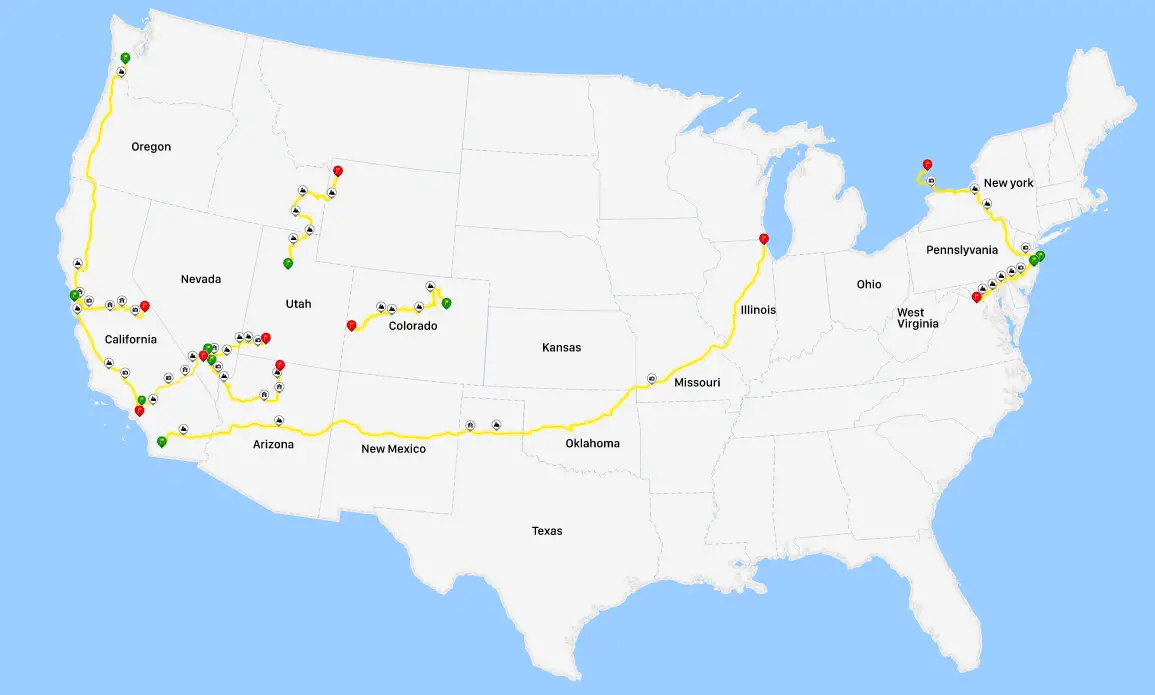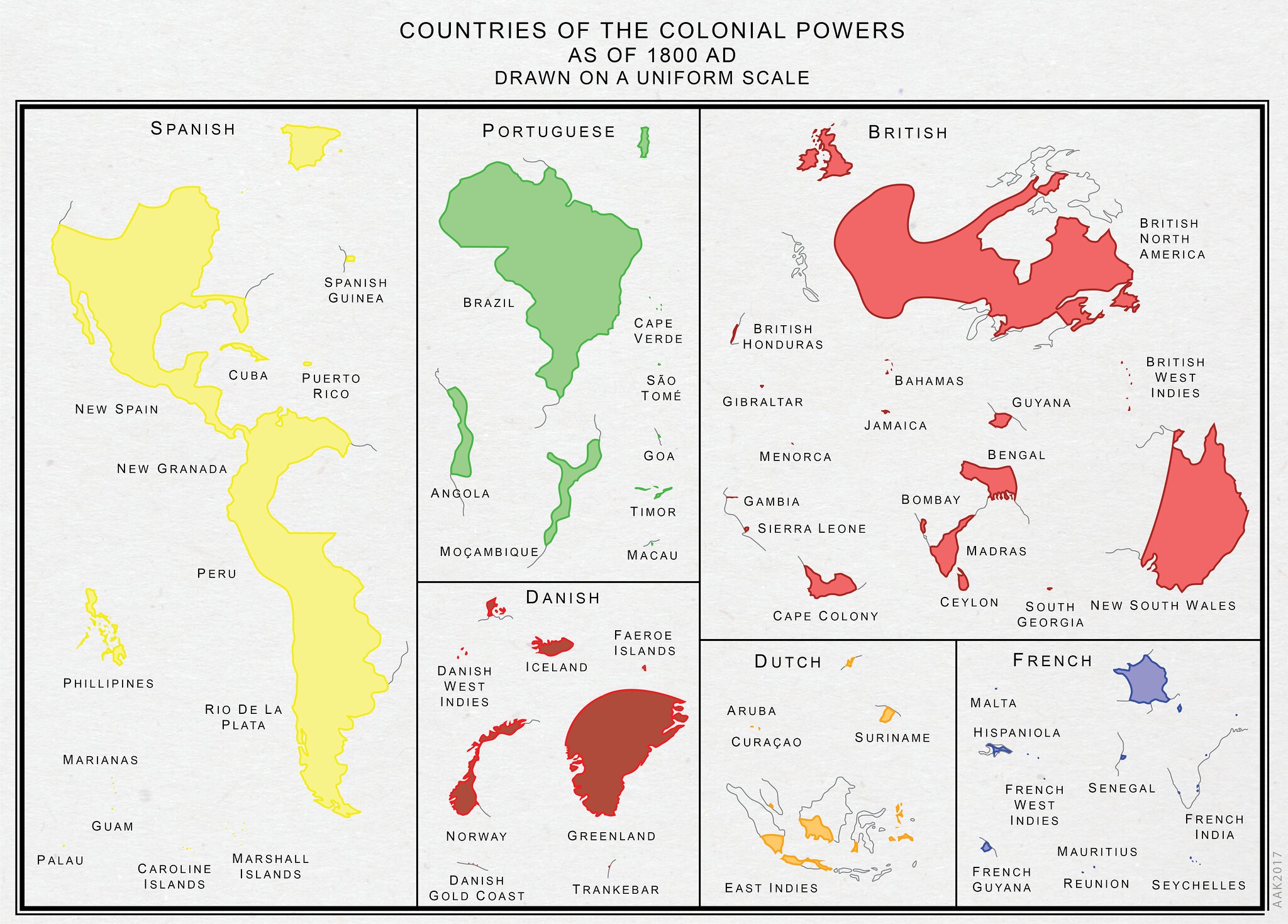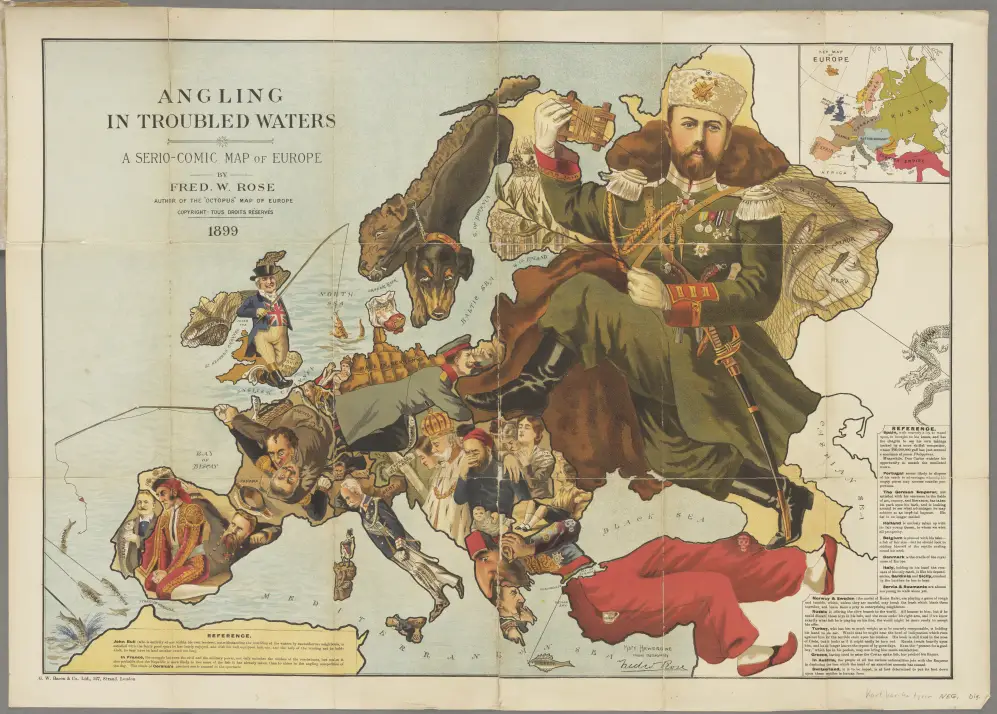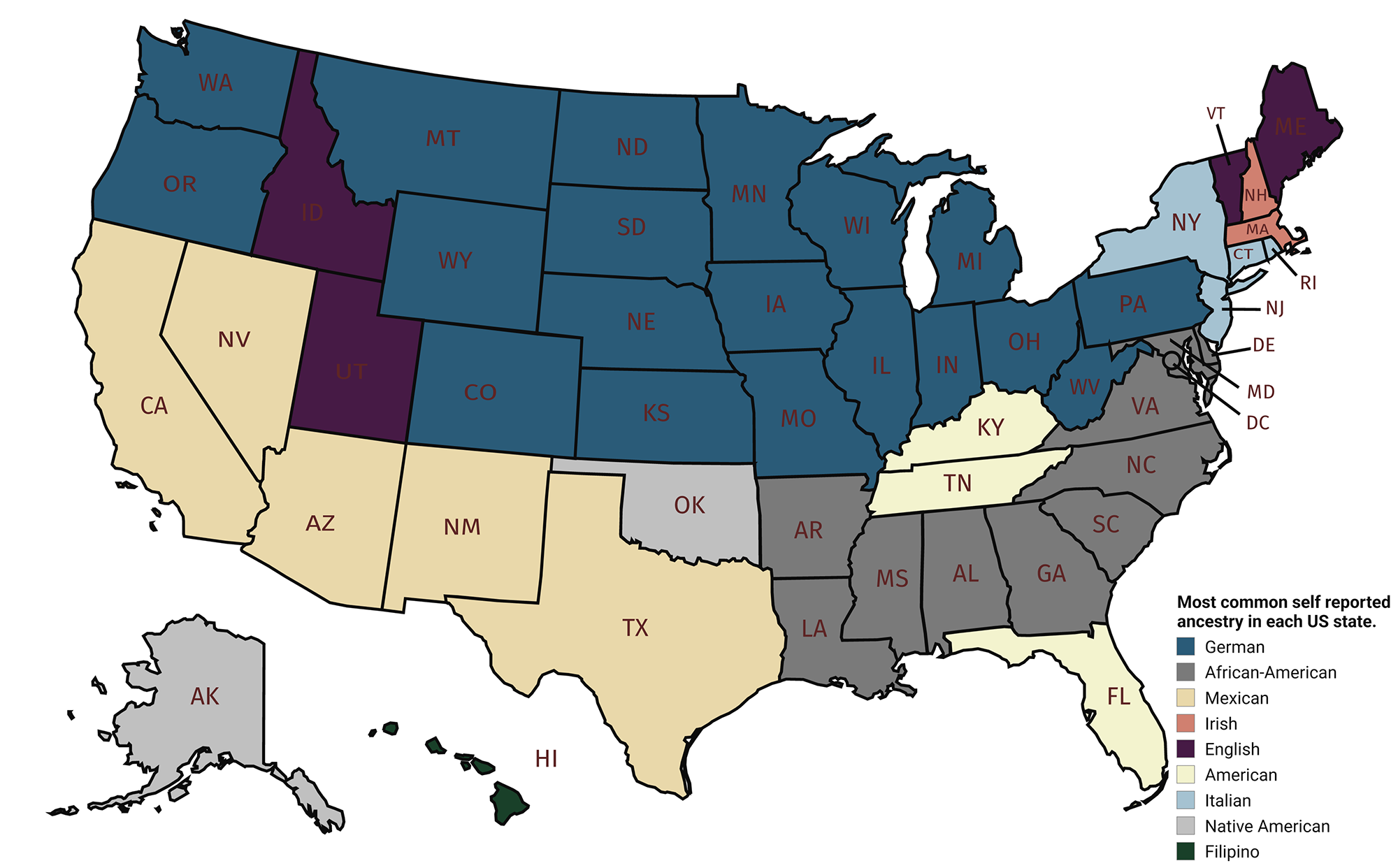European Monarchies by Origin of the Ruling Royal Families in 1914
The year 1914 was a significant turning point for many European monarchies, as it marked the beginning of World War I, a conflict that had profound implications for the existence and stability of many monarchies.
Here is a list of some of the major European monarchies that existed at that time:
- Austro-Hungarian Empire: Ruled by Emperor Franz Joseph I, this dual monarchy included Austria and Hungary, along with several other ethnic regions.
- German Empire: Ruled by Kaiser Wilhelm II, the German Empire encompassed various regions and principalities that had been unified under Prussian leadership.
- Russian Empire: Tsar Nicholas II ruled the vast Russian Empire, stretching across Eastern Europe and Asia.
- United Kingdom: King George V was the monarch of the United Kingdom and its extensive empire.
- French Third Republic: France was a republic, but it had a history of monarchy prior to the French Revolution. The Third Republic was established in 1870.
- Kingdom of Italy: King Victor Emmanuel III ruled Italy, which had been unified in the late 19th century.
- Ottoman Empire: Sultan Mehmed V ruled the Ottoman Empire, which was in decline and included parts of Southeast Europe, Western Asia, and North Africa.
- Kingdom of Serbia: King Peter I was the monarch of Serbia, a smaller kingdom in the Balkans.
- Kingdom of Belgium: King Albert I ruled Belgium, a strategically important country that maintained neutrality until violated by German forces.
- Kingdom of Bulgaria: King Ferdinand I ruled Bulgaria, which initially maintained neutrality but later joined the Central Powers.
- Kingdom of Romania: King Carol I ruled Romania, which initially remained neutral before joining the Allies.
- Kingdom of Montenegro: King Nicholas I was the monarch of Montenegro, a small Balkan kingdom.
- Kingdom of Greece: King Constantine I ruled Greece, a country with historical ties to both the Byzantine and Hellenistic periods.
- Kingdom of Norway: King Haakon VII was the monarch of Norway, which had gained independence from Sweden in 1905.
- Kingdom of Sweden: King Gustaf V ruled Sweden, a constitutional monarchy in Northern Europe.
- Kingdom of Denmark: King Christian X ruled Denmark, which included the autonomous territories of Greenland and the Faroe Islands.
- Kingdom of the Netherlands: Queen Wilhelmina was the monarch of the Netherlands, a constitutional monarchy.
- Kingdom of Portugal: King Manuel II ruled Portugal, a country that had experienced political instability in the years leading up to 1914.
- Kingdom of Spain: King Alfonso XIII ruled Spain, which was experiencing social and political challenges.
- Kingdom of Albania: Prince William of Wied ruled Albania, a newly established monarchy in the Balkans.
- Principality of Monaco: Prince Albert I ruled Monaco, a small city-state on the French Riviera.
- Grand Duchy of Luxembourg: Grand Duchess Marie-Adélaïde ruled Luxembourg, a small country located between Germany, France, and Belgium.
Many of the monarchs of European countries in 1914 were related to each other through a complex web of intermarriages among royal families. This phenomenon is often referred to as “The Royal Family Tree” or the “European Royal Family Network.” The practice of royal intermarriage was historically common in Europe and served various purposes, including forming alliances, maintaining power, and solidifying claims to thrones. As a result, many European monarchs in the early 20th century were closely connected by blood or marriage.
The most prominent example of this interconnectedness is Queen Victoria of the United Kingdom, who was often referred to as the “Grandmother of Europe.” She had nine children, and her descendants married into various European royal families, creating numerous familial connections between European monarchies.
Queen Victoria of the United Kingdom had German ancestry. Queen Victoria was born on May 24, 1819, to Prince Edward, Duke of Kent, and Princess Victoria of Saxe-Coburg-Saalfeld. Her father, the Duke of Kent, was the fourth son of King George III of the United Kingdom.
Princess Victoria’s mother, Princess Victoria of Saxe-Coburg-Saalfeld, belonged to the German noble House of Wettin. She married Prince Edward, who was also of German descent.
At the beginning of the 20th century, most of Europe was ruled by monarchs of German descent (on the map below, monarchies of German origin of the ruling royal families are shown in red).
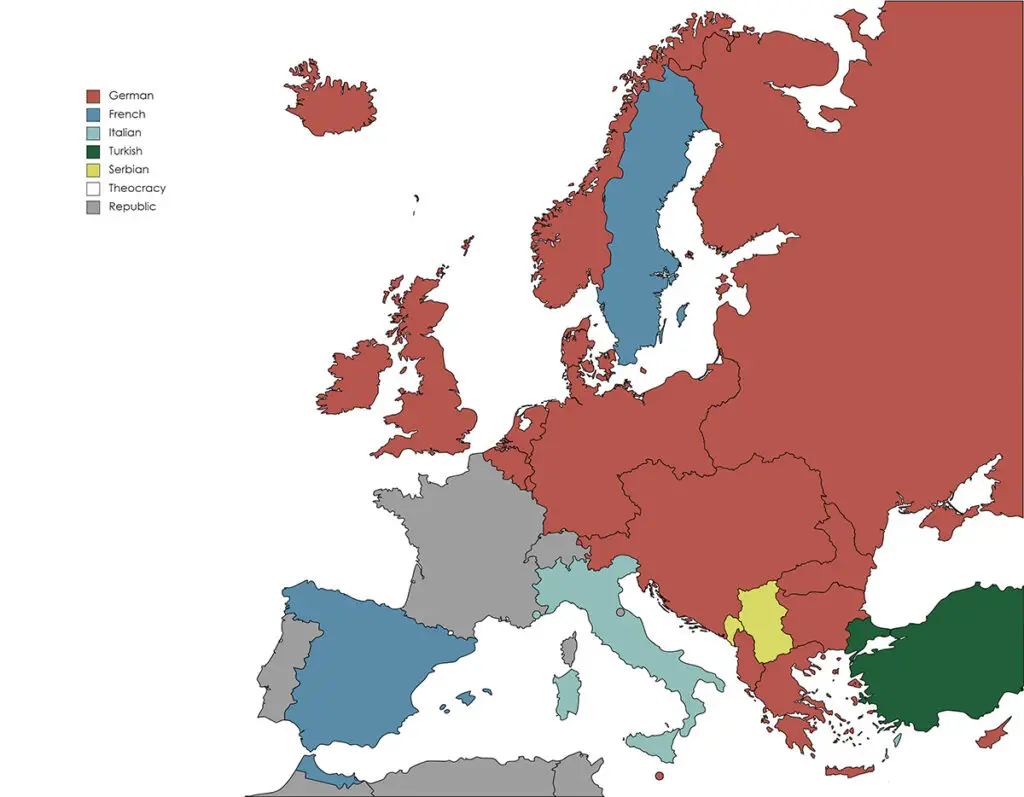
The outbreak of World War I and the subsequent geopolitical changes and social upheavals significantly impacted the fate of these monarchies, leading to the collapse of some and the transformation of others in the years that followed.
Want to read some more serious books about Royal families? Then have a look at the following:

